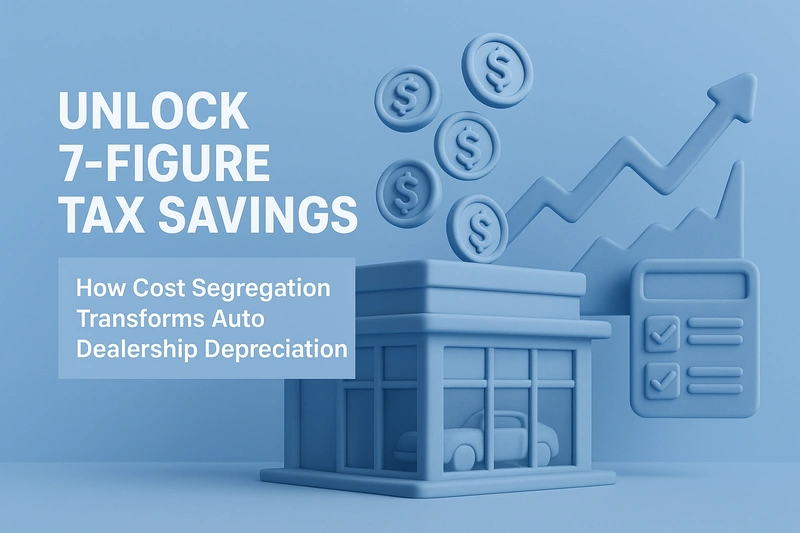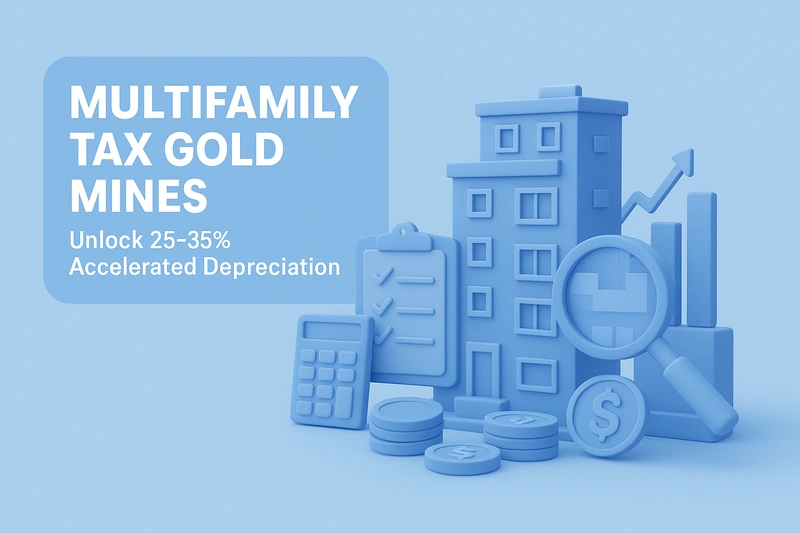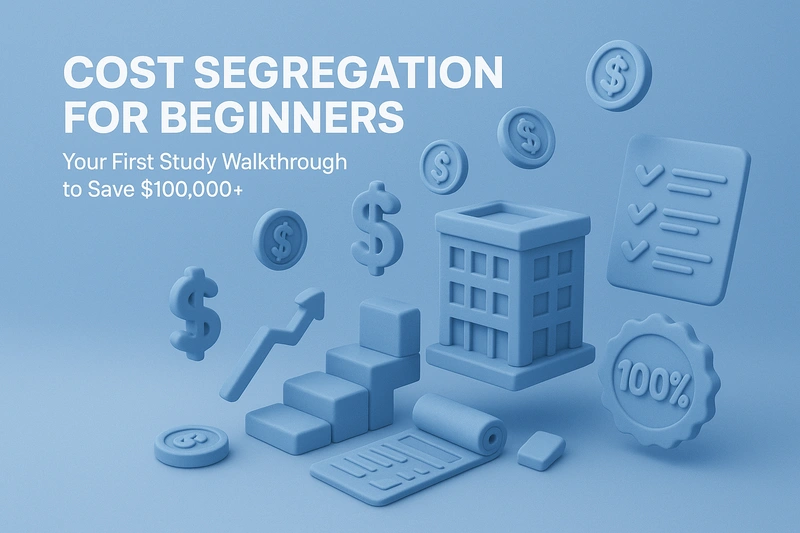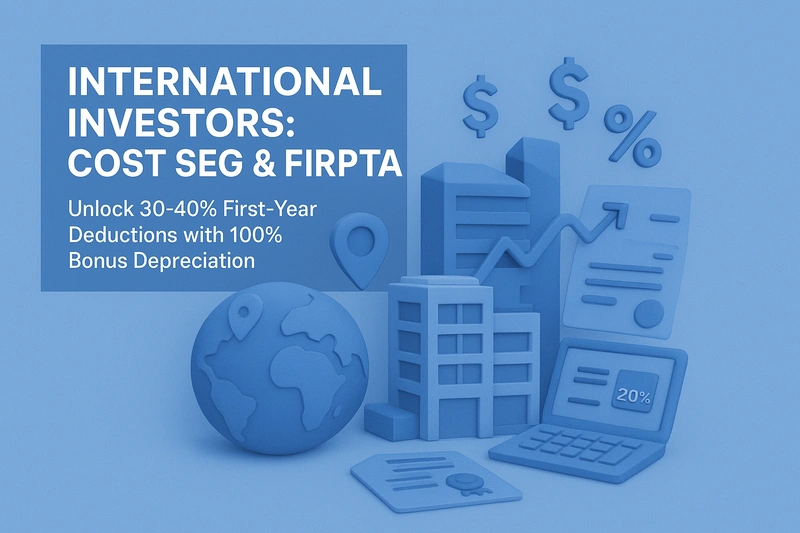I remember meeting with a dealer principal who had just completed a $12 million ground-up project for a new facility. He told me his tax bill felt like “another floorplan expense”: massive, recurring, and unavoidable.
When I asked if he had ever considered a cost segregation study, he gave me the same look I’ve seen many times: a mix of curiosity and suspicion. After walking through his property components, it became clear that he had millions tied up in long-term depreciation schedules when much of it could have been accelerated.
Within months, that study generated seven figures in additional depreciation, and suddenly the conversation shifted from frustration to strategy.
That moment illustrates a common problem in the auto retail industry: dealerships invest heavily in land, showrooms, and service facilities, but too often default to standard 39-year depreciation.
The reality is that dealerships are among the best-positioned businesses to take advantage of cost segregation, if they act on it.
What Cost Segregation Really Means for Dealerships
For most dealerships, real estate is one of the largest line items on the balance sheet. A new ground-up facility can run $8–$15 million, while even a moderate renovation often tops $2–$3 million. Treating that entire investment as a single “39-year building” asset is like leaving money locked in a vault. Cost segregation is the process of unlocking it.
At its core, a cost segregation study breaks your property into components with shorter tax lives (5, 7, and 15 years instead of 39). For dealerships, this can mean moving 20%-40% of construction costs into accelerated categories. On a $10 million facility, that’s $2-$4 million shifted into deductions you can take now, not decades from now.
If your dealership has invested $1 million or more in new construction, renovation, or acquisition, run a high-level feasibility analysis. These are quick assessments (often at no cost) that estimate what portion of your property could qualify for accelerated depreciation. For many dealers, that first look is the wake-up call that leads to a full study and a significant shift in after-tax cash flow.
Example: Breaking Down a $10 Million Dealership Project
To see how cost segregation impacts a dealership, let’s run through a simplified example.
Imagine a dealer invests $10 million in a new facility: showroom, service bays, customer lounge, and site improvements. Without a cost segregation study, the entire property gets lumped into 39-year depreciation. That means annual deductions of roughly $256,000. Steady, but slow.
With a cost segregation study, here’s how the numbers might look:
- 20% reclassified to 5-year property → $2 million (items like interior finishes, showroom lighting, cabling, and dedicated shop electrical systems)
- 10% reclassified to 7-year property → $1 million (service equipment, specialty HVAC, and other mid-life assets)
- 15% reclassified to 15-year property → $1.5 million (parking lots, site utilities, signage, landscaping)
- Remaining 55% stays in 39-year property → $5.5 million (structural elements, walls, roof, foundation)
That reclassification accelerates $4.5 million of deductions into early years instead of spreading everything over four decades. If bonus depreciation is available, much of that $4.5 million can potentially be deducted in year one.
The result: instead of writing off $256,000 annually, the dealer could recognize several million dollars in deductions immediately. That’s working capital freed up for growth, acquisitions, or simply strengthening the dealership’s balance sheet.
The Role of Bonus Depreciation
The example mentioned above is the power of bonus depreciation: the ability to immediately deduct qualifying assets instead of spreading them over years. For dealerships, this provision has been a game-changer, often turning accelerated depreciation from a steady benefit into an upfront windfall.
What’s important to understand today is that bonus depreciation isn’t phasing out anymore, it’s back to 100%. Thanks to a major 2025 update to the tax code, most qualifying assets acquired after January 19, 2025 are now eligible for full first-year expensing again.
That means even more potential to create six- or seven-figure deductions in the first year for a newly constructed or acquired dealership facility.
For owners, the strategic question is no longer whether bonus depreciation is fading, but whether you’re positioned to take full advantage of it. That means:
- Prioritizing cost segregation studies on projects recently completed or in progress.
- Evaluating whether existing properties qualify for a look-back study that still allows bonus depreciation on reclassified assets.
- Factoring the timing of upcoming projects into tax planning, so accelerated benefits align with the new eligibility rules based on acquisition date.
In practice, I’ve seen dealers redirect bonus depreciation savings into expanding their service bays, buying additional real estate parcels, and even accelerating debt repayment to improve lender relationships. The tax code opens the door, but it’s the timing and execution that turn it into a competitive advantage.
Dealership Features That Often Qualify
Auto dealerships are unique in that their properties combine retail, service, and hospitality functions under one roof. This creates multiple layers of eligible assets for accelerated depreciation. Examples include:
- Showroom glass walls, lighting, and polished flooring
- Service bay drainage, lifts, and ventilation systems
- Dedicated car wash and detailing infrastructure
- Parking lot paving, curbs, signage, and exterior lighting
- Lounge finishes, display areas, and technology integrations
Each of these elements depreciates far faster than the building itself, and when grouped correctly, they can unlock significant tax savings.
Misconceptions That Hold Dealers Back
Too many dealership owners and CFOs avoid cost segregation because of outdated assumptions. The most common ones I encounter are:
- “We’re not big enough.” Even a $2-3 million renovation can justify a study.
- “My CPA handles depreciation.” Unless they’re conducting an engineering-based analysis, they’re following standard schedules that miss these opportunities.
- “It’s risky.” Cost segregation is an IRS-recognized method when executed properly. Done correctly, it strengthens compliance rather than weakening it.
Turning Facilities Into Financial Advantage
Running an auto dealership is capital-intensive. Between floorplan financing, facility standards, and labor costs, cash flow is always under pressure. Cost segregation gives dealership owners the financial flexibility to reinvest where it matters most. A well-executed study can transform a dealership’s largest expense category into a source of liquidity and growth capital.
For dealership owners, the opportunity is clear: exploring cost segregation for auto dealerships can be one of the most impactful financial decisions you make. The key is choosing a team that brings precision, compliance, and deep industry knowledge.
R.E. Cost Seg specializes in helping auto dealerships turn property investments into substantial tax savings, a step that can shift your financial outlook from constraint to opportunity.






